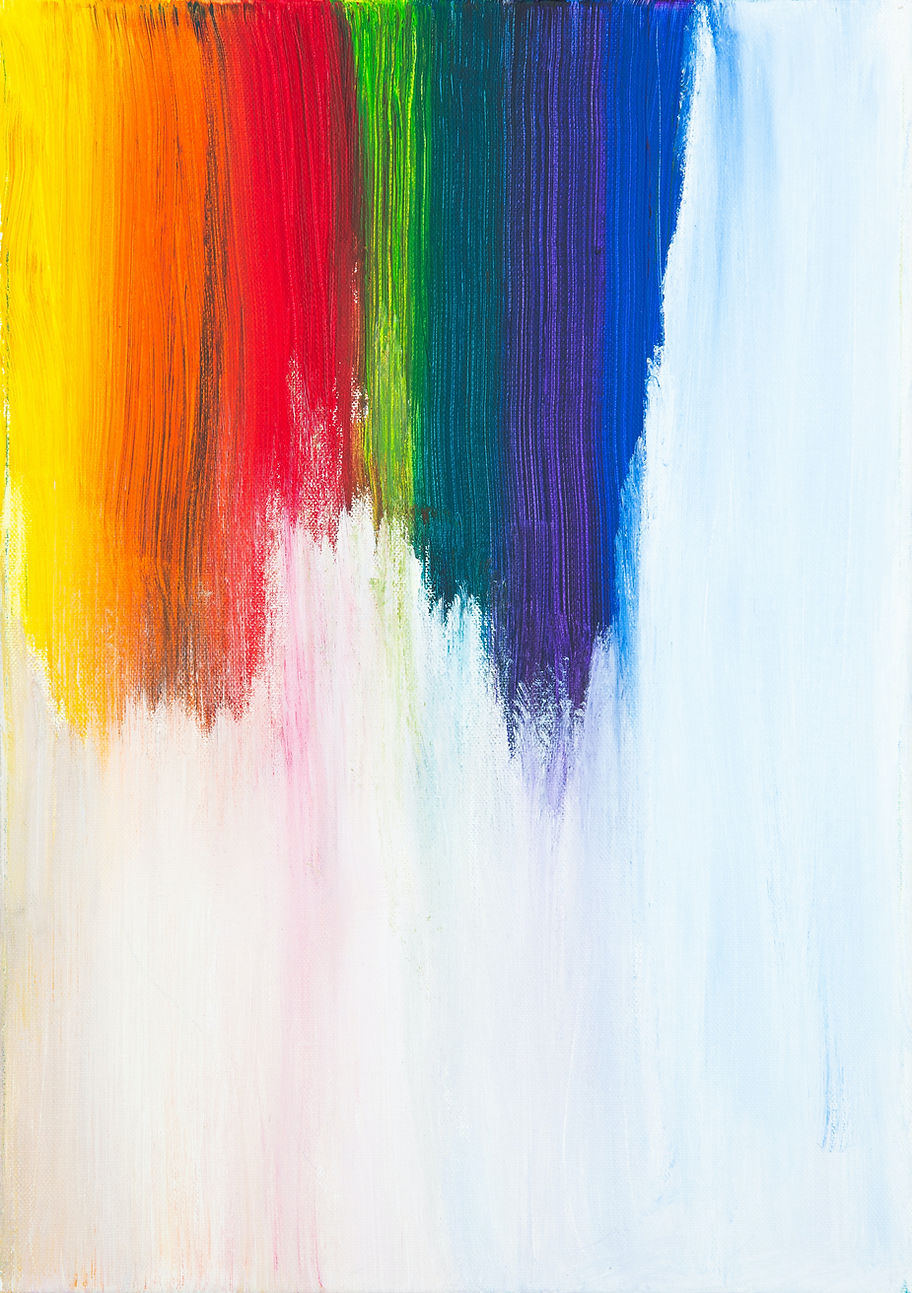
Partnership Approach to Literacy
.png)
"The more that you READ the more THINGS you will KNOW. The MORE you LEARN, the more PLACES you'll GO!"
Dr. Seuss

Letter Sounds & Word Sounds
When a child can say the sounds of the letters in the order in which they appear, and can then blend those sounds into a recognizable word, she is able to read thousands of regular words. Because it unlocks so many words, blending is an important step toward the goal of reading comprehension.
The goal:
-
Which sound or sounds each letter makes. For example, how a 'g' sounds different in 'goose' and 'gel'. Children need to understand how letter sounds interact with the rest of the word.
-
How to take apart the sounds in a word and blend them. For example, with jam, the first sound is /j/, the next sound is /a/ and the last sound is /m/. Then, slowly blend the together- 'jjaamm'.
-
How groups of letters can work together to make a single sound. For example, 'sh' in fish. Kids learn these kinds of patterns when they study phonics.
What Does “Sounding Out Words” Mean?
When you sound out a word, you say each sound in the word slowly (s…i…t), and then say the sounds together more quickly (sit). The technical term for this process is blending because sounds are blended together to form a word.
Here are some tutoring tips while working with your student:
You can print off the games below and laminate if you'd like to have them to work with multiple students.
Work on Common Letter Sounds
The simplest way to introduce sounding out letters is to show the student a printed alphabet card and then say the letter sound clearly several times. Get them to repeat the letter sound after you’ve said it 2 or 3 times.
It’s also important to make sure the student can recall the correct letters when you say a sound.
Ask them to choose the correct letter from alphabet cards.
Work on Word Sounds
-
Play alphabet games.
-
Read stories and draw attention to sounds as you read. Look for nursery rhymes and books that emphasize sounds, such as Dr. Seuss books.
-
Play games using rhymes. Play “I Spy” Ask the student to spy an object that rhymes with a given word (e.g., “I spy something that rhymes with fall.”). To make the game a little harder, ask the student to choose words with the same beginning or ending sounds. (e.g., “I Spy something that starts with the ‘ssss’ sound,” could mean cereal, salt, or snow.
-
Stretch out the sounds in a word. For example, say “sss-uuu-nnn” and ask your child to say the word “sun.”
-
Break up the sounds or syllables in words and ask your child to put them together. For example, say, “P plus ickle. What word is that?” (pickle). “M plus ilk. What word is that?” (milk).
-
Ask your child to fill in missing syllables and sounds in words. For example, say “Hambur_____. What word am I trying to say? What part was missing?” or “Ham_urger, What word am I trying to say? What sound was missing?” (hamburger).
Alphabet Cards- click to print
Initial sounds Alphabet Match Game-
Click to Print